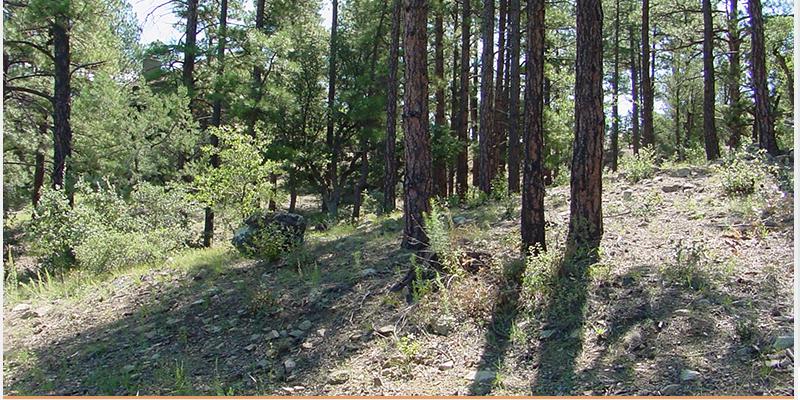Preparing for wildfire season takes time and effort, but knowing you have taken the steps to protect your house can bring peace of mind. Join us as we explore Week 3 in our Weekend Wildfire Warrior series.
This week we are looking at the Extended Zone, 30-100 feet from your home or outbuildings. We will focus on wildfire preparedness activities at the outer edges of your property. The goal is to interrupt the fire’s path and keep flames smaller and on the ground. These recommendations come from the National Fire Protection Association.
In case you missed our articles from the past two weeks, the Clackamas Soil and Water Conservation District recommends making your property and home more wildfire resistant by taking on the tasks one weekend at a time.
Wildfire Extended Zone Checklist
This week the Clackamas Soil and Water Conservation District focuses on wildfire preparedness activities at the outer edges of your property. This area, 30 to 60 feet and 60 to 100 feet from your home is called the Extended Zone. The goal is to interrupt the fire’s path and keep flames smaller and on the ground. These recommendations come from the National Fire Protection Association.
Gather your friends and family for one last weekend of outdoor wildfire work. It will be rewarding to feel like you have taken steps to protect your property for the upcoming wildfire season. Here are this weekend’s tasks:
- Dispose of heavy accumulations of ground litter or debris.
- Remove dead plants and trees, remember if it is brown, cut it down!
- Take out small conifers growing between mature trees.
- Remove vegetation adjacent to or touching storage sheds or other outbuildings within this area.
- Trees 30 to 60 feet from your home should have at least 12 feet between the canopy tops. *
- Trees 60 to 100 feet from your home should have at least 6 feet between the canopy tops. *
* These distances are based on the National Fire Protection Association’s Standard for Reducing Structure Ignition Hazards from Wildfire. However, the spacing needed to reduce/prevent crown fire potential could be significantly greater due to slope, species of trees, and other site-specific conditions. Check with your local forestry professional to get advice on what is appropriate for your property.
Take Steps to PREVENT Starting a Fire
As before, be careful not to create a wildfire due to sparks from a chain saw or other equipment. Please inspect your vehicle or trailer to make sure you do not drag any chains or other metal pieces that may cause sparks. Also, be careful not to park a vehicle with a hot catalytic converter/exhaust system where dry grasses or weeds will touch these parts and catch on fire.
Lastly, be sure to check with your local Fire District or Oregon Department of Forestry for current information on burning.
Additional Resources
- Oregon State University Cooperative Extension publication, Fire Resistant Plants for Oregon Landscapes, PNW 590 and OSU guide, Keeping Your Home and Property Safe from Wildfire, These publications are available online at https://catalog.extension.oregonstate.edu/.
- OSU Cooperative Extension webinar series Fire Aware. Be Prepared. Wildfire Wednesdays. This webinar series has been recorded so you may view an episode at your convenience. https://extension.oregonstate.edu/fire-program/online-webinar-guide
Stay safe out there!


